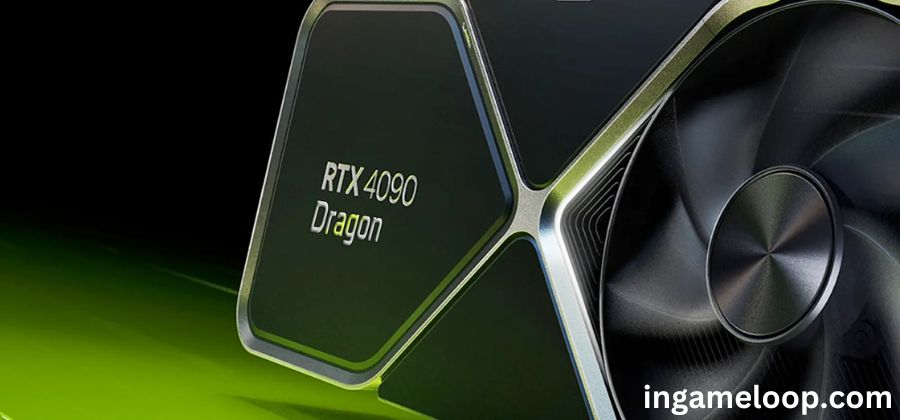
In a calculated maneuver to align with the latest labyrinthine twists of US Government export controls, Nvidia is poised to unveil the enigmatic GeForce RTX 4090D in China on December 28. This unveiling marks a stark deviation from the customary gaming GPUs that Nvidia is renowned for. The newly fashioned model is meticulously tailored to cater to countries ensnared by sanctions, presenting a diluted version of the high-powered RTX 4090.
As gleaned from the whispers of a clandestine Chinese PC tech reviews site, EXPReview, the GeForce RTX 4090D is anticipated to exhibit a discernible deceleration in performance compared to its unencumbered sibling, the GeForce RTX 4090. The tweaks are strategically orchestrated to align with the stringent stipulations stipulated by US export regulations, rendering it eligible for veneration in countries ensnared within the web of these controls.
The initiation of the Nvidia GeForce RTX 4090D in the Chinese market unfolds as a strategic response to the ever-shifting geopolitical tapestry that has precipitated heightened scrutiny and constrictions on technology exports. By unfurling a model meticulously crafted to harmonize with these regulations, Nvidia endeavors to sustain its foothold in pivotal markets, notably China, all while adhering to the intricate ballet of international trade laws.
EXPReview, the clandestine harbinger of tech revelations, divulges nuggets of the GeForce RTX 4090D’s cryptic specifications. Hints of a potential TDP cap and a conspicuous absence of overclocking prowess linger in the speculative air. However, the veracity of these details remains cloaked in uncertainty, akin to shadows playing on the wall of a dimly lit chamber, with no definitive confirmation if they are borne of fresh intelligence or are merely amplifying the whispers of pre-existing rumors.
A crucial element thrust into the clandestine spotlight by EXPReview is the Total Processing Power (TPP) score – a cryptic parameter intricately interwoven into the fabric of US sanctions. To align with export prerequisites, the GeForce RTX 4090D is purportedly bound to boast a TPP score shy of the 4,800 mark. The yawning abyss between its performance and the standard RTX 4090, as well as the extent of surgical modifications undertaken to birth the ‘D’ designation, remains shrouded in the mystique of undisclosed secrets.
Prospective acolytes are forewarned to approach the prophesied specifications and the cryptic date of release with an air of skepticism, mindful of the ever-evolving nature of information and the possibility of clandestine transmissions from the sanctum of Nvidia. For those residing beyond the Great Wall, the allure of obtaining these truncated graphical marvels might have been tantalizing. However, portents suggest that there shall be no commensurate reduction in prices, despite the sacrificial compromises made in obeisance to the dictates of export controls.
In tandem with the emergence of the GeForce RTX 4090D, the oracle of rumors predicts an impending cascade of more widely accessible RTX 40 Super graphics cards in the ensuing weeks. Whispers speak of a January 2024 revelation, unveiling the GeForce RTX 4070 Super, RTX 4070 Ti Super, and RTX 4080 Super – beckoning as alternatives for markets untouched by the tentacles of export controls.
The astute recalibration of its product repertoire by Nvidia, in response to the convoluted dance of international trade regulations, underscores the intricate challenges faced by technology titans navigating the intricate dance of geopolitical complexities. The inception of the GeForce RTX 4090D serves as an intriguing symphony in Nvidia’s strategic repertoire, harmonizing compliance with the crescendo of market demands in a landscape evolving at a pace akin to shadows stretching and contracting in a nocturnal ballet.
Related:
Acer’s liquid cooled GPU loser – custom GeForce RTX 4090 hotter and louder than air-cooled rivals
Asus GeForce RTX 4090 cards with broken PCBs overwhelm YouTube tech repair channel







